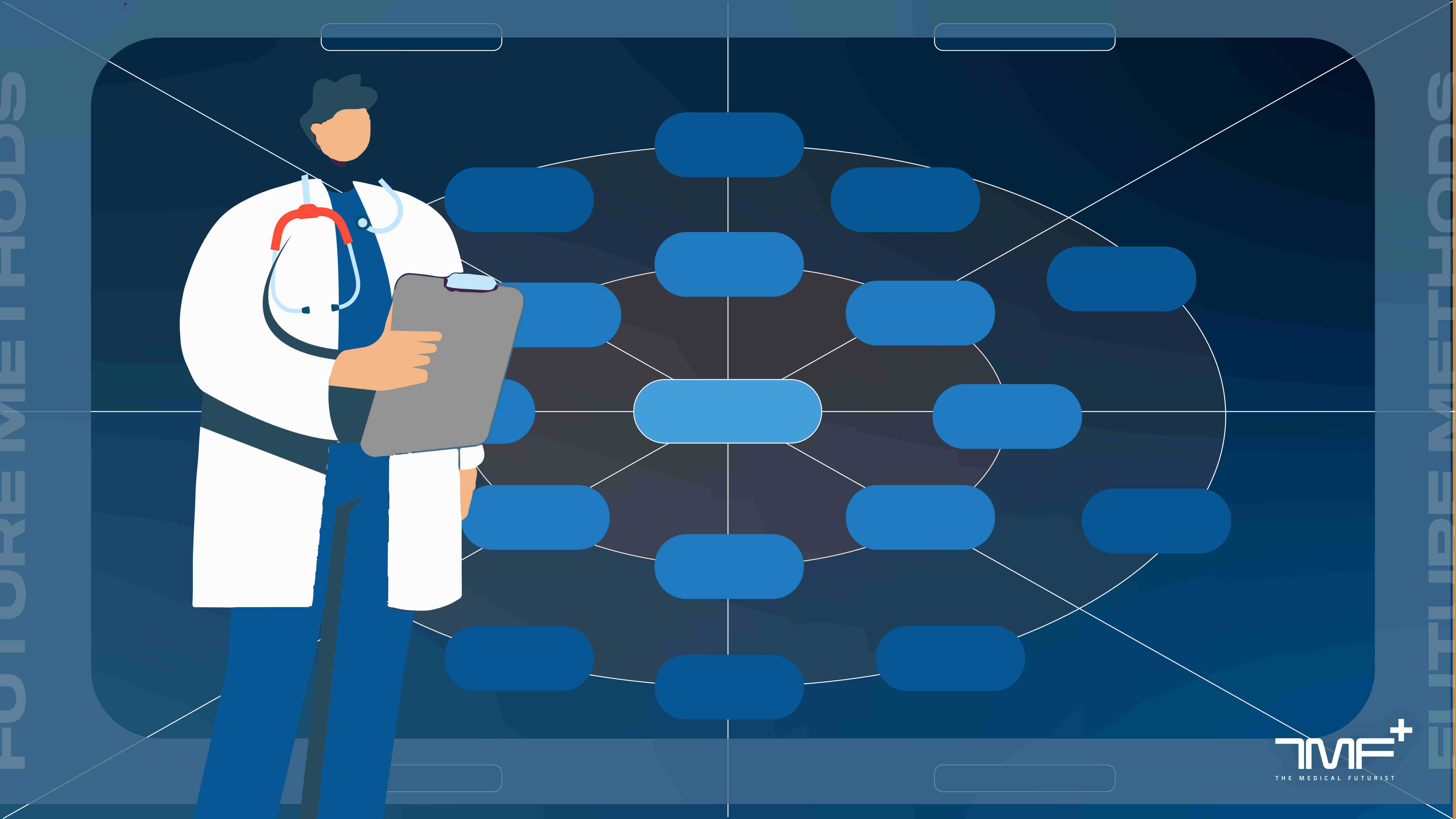How To Predict The Future Of Healthcare: Method #2 – Futures Wheel

Welcome back to our series on “How to Predict the Future of Healthcare.” In our first installment, we discussed forecasting as a fundamental futures method. Today, we’re shifting gears to explore a tool designed to map out the ripple effects of change: the Futures Wheel. If forecasting helps us answer “what” might happen, the Futures Wheel helps us understand “so what?” – the cascading consequences and opportunities that a single event or trend can set in motion.
While Futures Wheel may sound like a fairground attraction, it is perhaps the simplest method to engage people in thinking about the future in a way that generates a useful, ideally, actionable output.
Why would you need a Futures Wheel?
The method’s strength lies in its flexibility. Look at these diverse examples:
- introduction of 5G technology in healthcare
- mass production of lab-grown organs
- deployment of AI chatbots for mental health support
- the impact of universal basic income on healthcare
While seemingly disparate, each can be the starting point for a Futures Wheel. Whether it’s a technological breakthrough, a policy change, or the discovery of a new health-related technology, any trend, event, or milestone can start the process.
Make faster decisions with community advice
- AI Gets Better At Writing Patient Histories When Physicians Engineer The Prompts
- New Study Evaluates Virtual Reality to Reduce Scanxiety in Brain Tumor Patients
- Revolutionizing Healthcare: Harnessing the Power of IoT Solutions for Improved Patient Outcomes
- Carrum Health Raises $45 Million Series B to Expand Cancer Care Offerings and Launch New Service Lines
- Ethical Guardrails Are Essential To Making Generative AI Work For Healthcare
Deploy this technology today
-
nQ Cortex
Matched with Medical Subject Headings (MeSH): Biomedical Technology, Healthcare IT News: Artificial Intelligence
- NLabviva Platform
- Labviva Platform
- AI Dermatologist Platform
- Armis Platform for Healthcare

